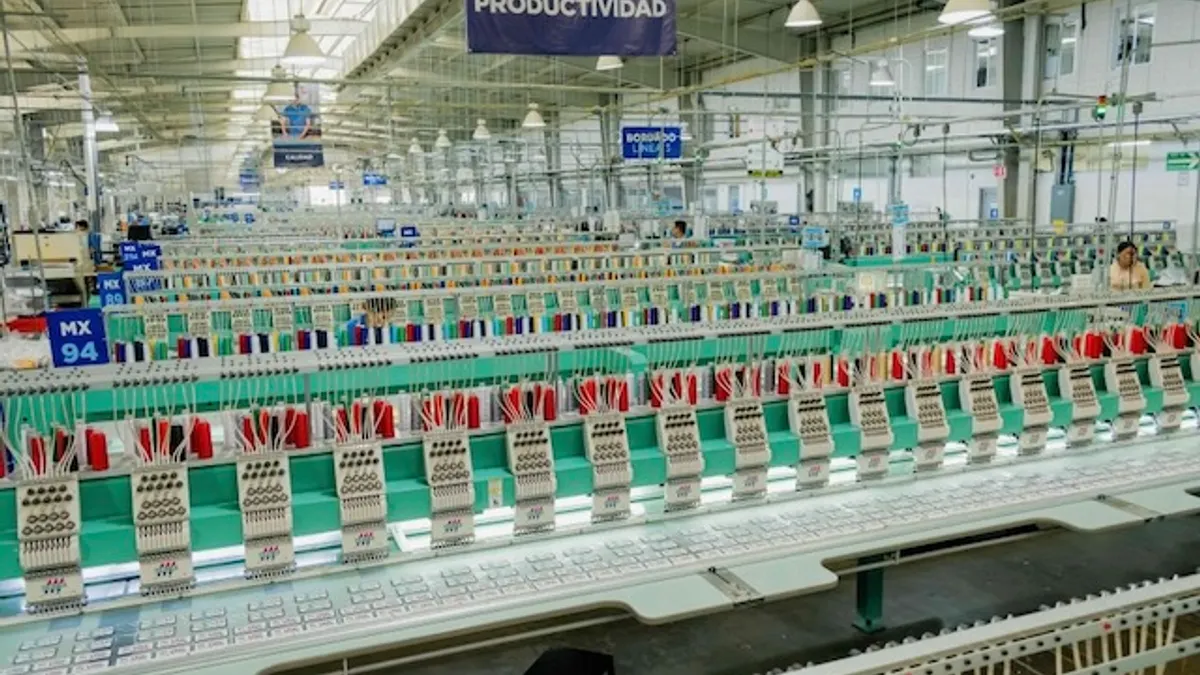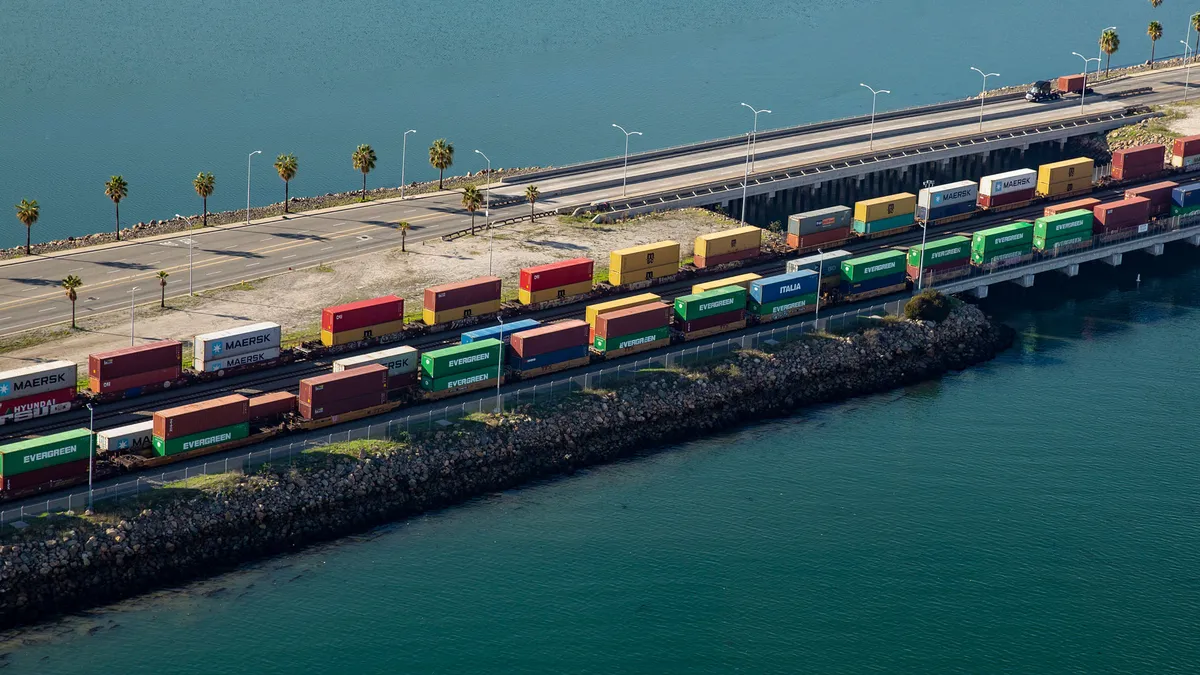Supply chain risk has certainly evolved during the past few years. While a blizzard, a strike or even more crumbling infrastructure may still impact shipments, newer risks such as piracy, geopolitical turmoil, immigration restrictions, trade wars and data breaches have taken over the risk headlines.
But there is one giant risk out there that is not being addressed with the significance it deserves, and it can be described in just two words:
Help Wanted.
The shortage of labor in the United States is hurting companies from coast to coast and the performance of your supply chain is at risk. Demand for labor exceeds supply, causing labor rates to creep up, resulting in higher prices. Gaps in labor for manufacturing and service companies are delaying shipments. Changes in processes to offset these labor shortages are hurting product quality, resulting in customer service and cash flow issues.
Supply chain managers are simply not paying enough attention to the long-term implications. Labor shortages will only get worse, and supply chain managers need to address these issues head on. That is, if they have the staff to do it.
The U.S. Bureau of Labor Statistics, in its June 5, 2018 Job Openings and Labor Turnover Summary (JOLT) noted that there were 6.7 million job openings as of the end of April. This was a new high.
Just consider the enormity of that number. While larger retail, service or manufacturing companies may have openings that number in the hundreds or even thousands across their networks, many small businesses have one or two open positions they cannot fill.
Perhaps one of those companies is your key local 20-person machine shop or plating company. Two unfilled positions equates to 10% of their work force. Imagine what that kind of labor shortage does to their production schedule. Now extend that labor shortage downstream into the supply chain and you can see the enormity of the potential impact.
One segment where labor shortages are acute is in the transportation sector. I was recently on a road trip where seemingly every truck had a sign on back door advertising for drivers. While this is not a new issue, what got my attention was a tow truck dragging a broken down box truck with a big sign on its boom looking for drivers and mechanics. And every motel, diner or truck stop had help wanted signs hanging in their window. No comment please on the types of establishments I frequent. My per diem has been recently cut.
Driver turnover has always been high, averaging more than 100% in some years. Life on the road, increased regulatory restrictions, less than stellar pay and other employment options keep that turnover high. But an increase in e-commerce deliveries has exacerbated the acute shortage. Economics drives the supply chain. Get ready for even higher transportation costs.
The problem with drivers goes deeper than commercial freight carriers. A friend in the bus business laments the lack of experienced coach drivers to support commuter routes and their charter business. The shortage of drivers is so bad that most of the company managers and supervisors have trained for their commercial drivers licenses so they can maintain essential commuter routes if there are no regular drivers. These are competitive routes, and it only takes one service hiccup for a rider to opt for another company, or even get back behind the wheel of their own car.
They are willing to train inexperienced drivers. They fully subsidize their training and licensing, essentially about a $5,000 cost that they are eating to overcome this shortage. But even this generosity is not enough to fill in the ranks. Some new drivers leave after a short period of time, looking for the next job that may pay them a bit more in a competitive job market. And, there is a delay in licensing. An extended backlog at the motor vehicle bureau for road tests due to ... you guessed it ... lack of qualified personnel.
Some bus companies are discontinuing routes and charter services due to lack of drivers. The ramifications for increased automobile traffic, at least on the Boston area roads I frequent, are horrendous with almost 24/7 gridlock. Those trucks crawling along the interstate next to you have deliveries to make, increasingly late deliveries. It’s all related.
Perhaps automation is the answer. Walmart is a strong advocate for autonomous trucks in order to solve the persistent driver shortage problem. Robotics are being combined with artificial intelligence and machine learning to do more and more complex tasks that were once filled by traditional labor. And those pesky chat windows that pop up asking to help you complete your online order? A "chatbot" with a fake name and good looking avatar.
So it is time to add labor issues to the supply chain risk profile, and quickly. Ask your suppliers what they are doing to not only find the bodies to keep their business running, but to keep their current employees happy and productive. The robots may be advancing, but until they take over the world we need workers — 6.7 million of them ... and counting.





















